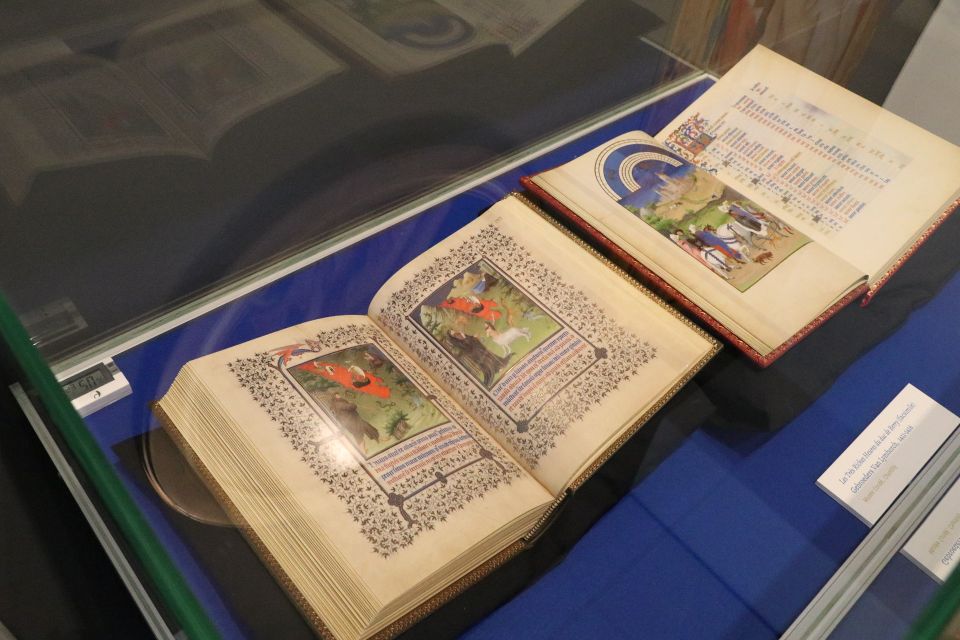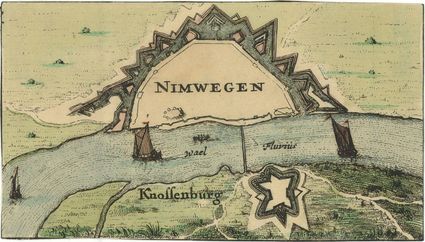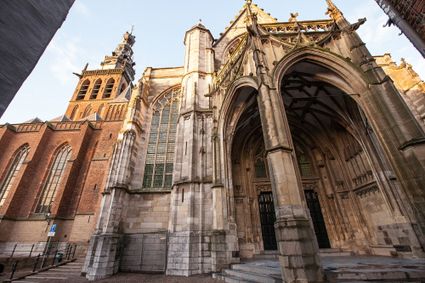The Brothers Lymborch, artists at the Burgundian court
Nijmegen is bursting at the seams with historical stories, ranging from leading figures to ordinary people, from neighbourhoods to political events. The Canon of Nijmegen encompasses the most important stories about Nijmegen’s history. One of these stories tells the tale of the Brothers Lymborch.
At the start of the fifteenth century, three brothers from Nijmegen made a fantastic career for themselves by working as artists at the court of the princes of Burgundy. The prayer books they made for their patrons became world-famous.
In the fourteenth century, the Duke of Gelre stayed regularly at the fortress at the Valkhof, together with his court, which consisted of dozens people, including many clergymen and noblemen who supported the duke in his political, administrative, and governmental activities. Additionally, the court also comprised artists, like musicians, actors, poets, goldsmiths, painters, and sculptors, who provided the Duke with necessary entertainment. The ducal court provided work for various artists from Nijmegen, chief among them the famous brother Herman and Willem Maelwael, who worked as painters and gilders for Duke Willem of Gullik at the end of the fourteenth century.
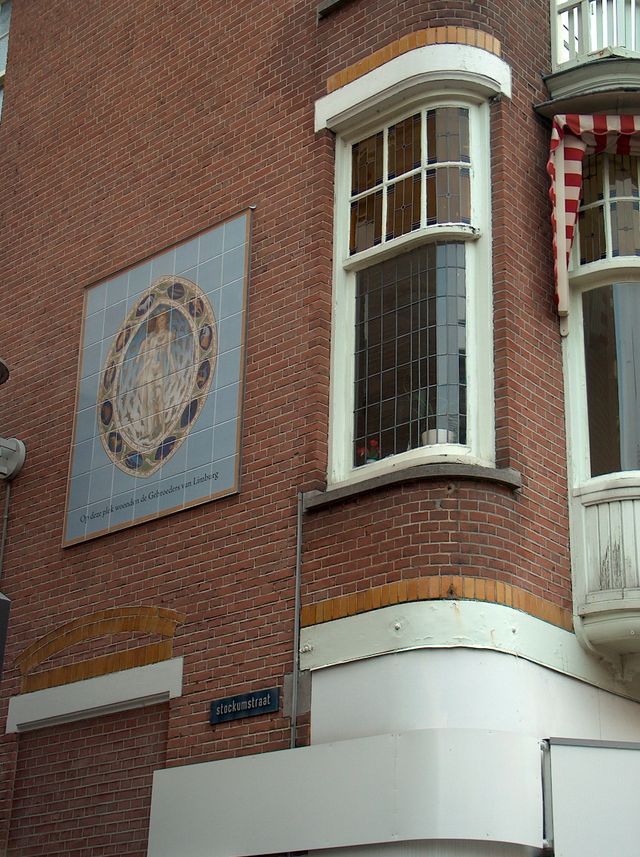
The house of the Brothers Lymborch. The façade includes the text: “The van Limburg Brothers lived here.”
1400 – 1416: life at court
The Maelwaels were a very artistic family. Willem Maelwael’s son and three grandsons, who lived on the corner of the Burchtstraat and Stockumstraat, would make a name for themselves. His son, Jan, would transition from the court of Gelderland to the Court of Burgundy, where he entered the service of Duke Philip the Bold as a painter. Willem’s daughter Metta married Arnold van Lymborch, a sculptor from Nijmegen, who, like his father-in-law, worked for the Duke of Gelre. Their three sons, Paul, Herman, and John, proved to be talented painters.
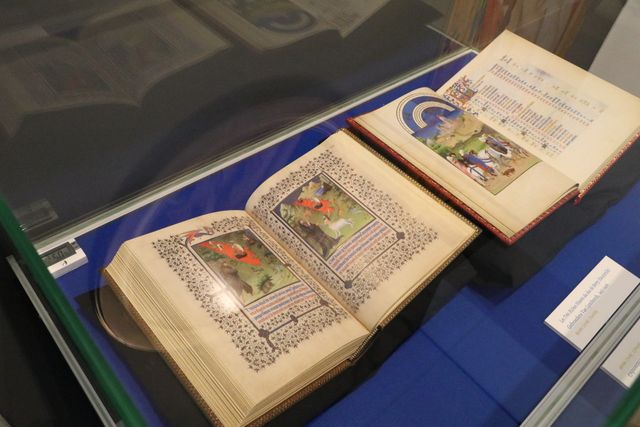 The Lymborch Brothers’ work
The Lymborch Brothers’ work
As boys, they travelled to Paris in 1400, following in their uncle’s footsteps. After training with a goldsmith, they, too, entered the service of the Duke of Burgundy, for whom they produced an illustrated Bible. Around 1410, the young artists came to work for the Duke of Berry, a great collector of art. They made two books of hours with beautiful miniatures: Les Belles Heurs and the unfinished Très Riches Heures. The twelve calendar sheets from the latter book, showing vivid and highly detailed scenes from the lives of nobles and peasants, have become widely renowned. The brothers travelled from France to Nijmegen several times to settle family matters, but mostly resided in France. In the autumn of 1415 or the spring of 1416, they died shortly after one another in France, possibly of the plague.
Immerse yourself in the rich history of the oldest city in the Netherlands, because Nijmegen has a lot of stories to tell you. Curious? You can read all about it in this historical timeline.
